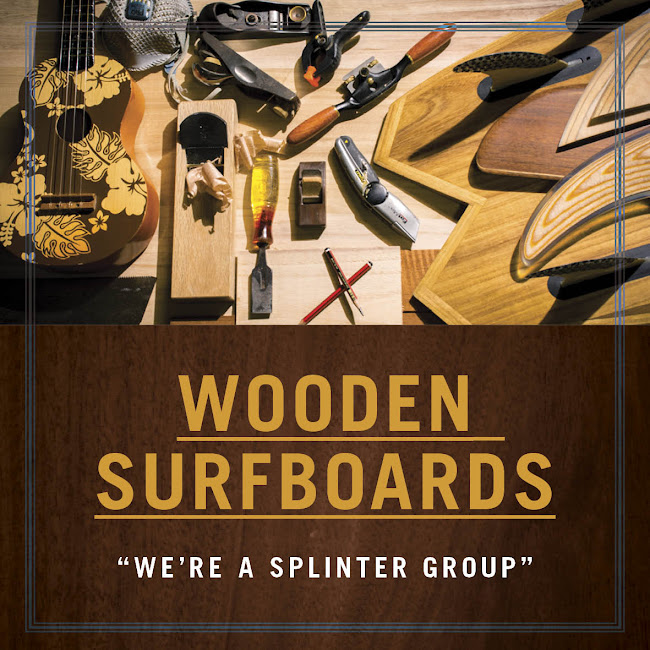 Tom Wegener , well known to us all as the man behind the Alaia and its popularity has teamed up with Global Surf Industries to begin ‘The Seaglass Project’. This collaboration set out to launch a unique range of finless surfboards capable of challenging existing notions of modern surfing.
Tom Wegener , well known to us all as the man behind the Alaia and its popularity has teamed up with Global Surf Industries to begin ‘The Seaglass Project’. This collaboration set out to launch a unique range of finless surfboards capable of challenging existing notions of modern surfing.Tom Wegener has developed an obsession with crafting, riding and understanding the finless surf craft, or the ‘Alaia’ as it is referred in its Hawaiian origins. He has come to believe that the genius of efficient surfboard design was discovered hundreds of years ago through this ancient wooden model. Wegener has since sort to pick-up where the Hawaiians left off and vastly contemporise the Alaia for surfers of today. He has been experimenting with a combination of ancient knowledge, modern material theory and an elite team of forward-thinking surfers to bring us The Seaglass Project Tuna.
The Seaglass Project Tuna blends flex, rail and bottom contours with modern materials to increase floatation, while its rocker profile is very flat making it easy to catch waves. These two areas were downfalls of the original Alaia model. The combination of the gentle curves and hard rails gives the Tuna traction enabling it to hold in the wave-face without the existence of fins. Ideal for summer, the Tunas have a ton of speed even on the smallest of waves.
Due out in November, the Seaglass Tunas will retail for $695 and come in the following sizes:
TUNA:
6’2”, 17”, 2 1/8”
MINI-TUNA
5’3” 16 1/8” 2 1/4”
(Suitable for those under 85kg)
Ton says : “The majority of the time spent perfecting The Tuna’s functionality was on the rail system. The rail design will ultimately make or break a finless surfboard, as this is the area that takes over the directional control.
The Tuna is super-fast as it eliminates standard surfboard drag. It also comes in handy when surfing shallow reef-breaks as you don’t need to worry about your fins catching.
With the Tuna we started with a standard stringer design but found it too stiff, we then tried a parabolic stringer (which runs around the rails) but this didn’t have the correct flex properties and compromised rail design. In the end we removed the stringer completely and used SLX technology to give the board the required flex properties and buoyancy.”

























1 comment:
Hmmm...isn't this getting away from the original concept and re-evolving the surfboard? WIll they add fins, thickness and outline in the next version? Is this thing going to be mass-produced in China? Hopefully "no" to all the above. I have great respect for the Wegeners and hope this will be another new chapter in surfing.
-RH
Post a Comment